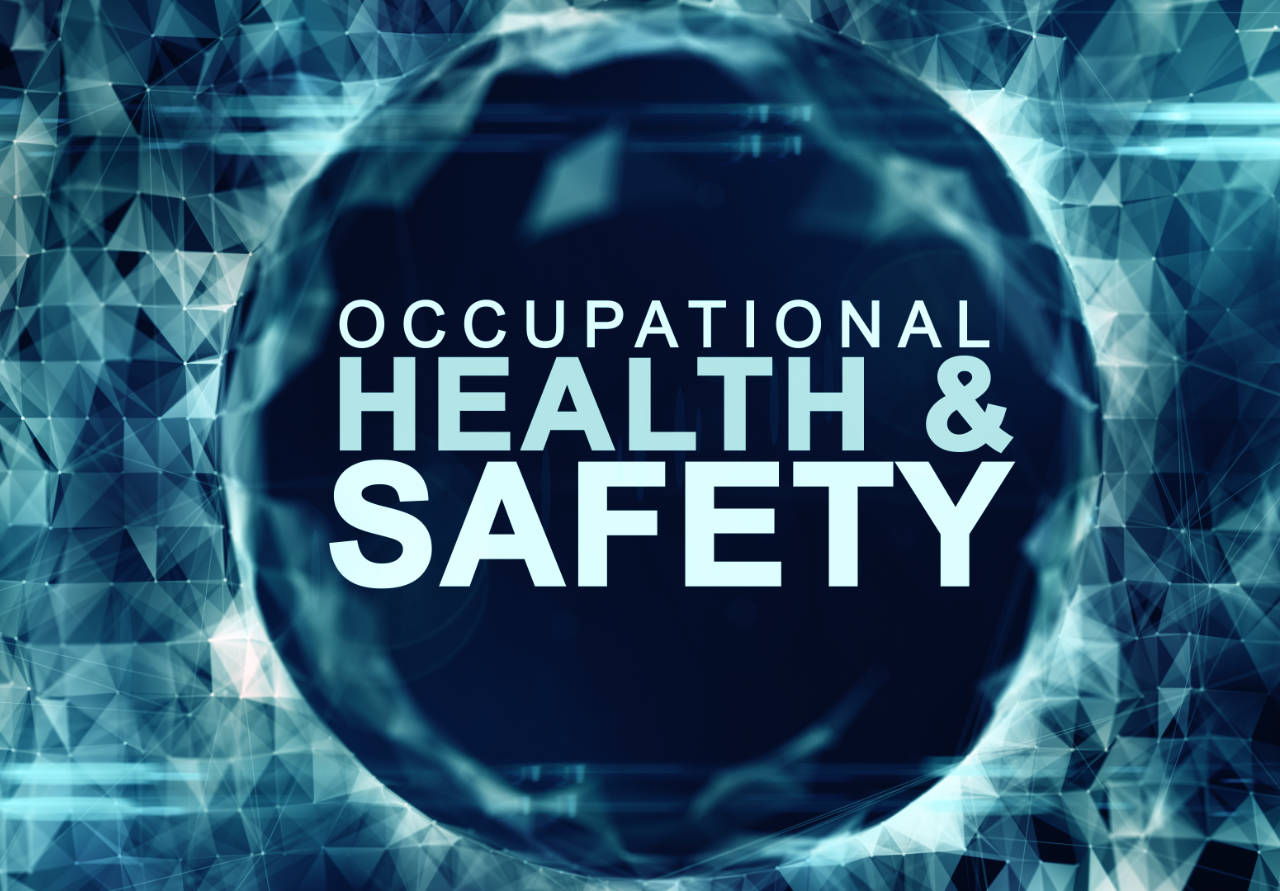
Occupational health and safety (OHS) is a practice that manages the safety, health and welfare of people at work. The goal is to create a safe and healthy work environment to prevent accidents, injuries and illnesses.
In 2022/23, 35.2 million working days were lost due to work-related ill health and injuries, so it is important that steps are taken to reduce this statistic.
In this guide we discuss how employers can improve OHS and the benefits for employers and employees.
8 ways to improve your organisation’s OHS
1. Conduct health and safety risk assessments
Conducting health and safety risk assessments is essential for identifying potential hazards and risks in the workplace so measures can be implemented to mitigate or eliminate them
Risk assessments can reveal gaps in existing health and safety policies, highlighting areas where improvements or updates are necessary.
Regular assessments ensure that policies remain relevant and effective, adapting to any changes in the work environment or processes.
2. Prepare for emergencies
Develop and communicate clear emergency response plans for risks that affect your organisation, including a fire evacuation plan.
Emergency plans should be comprehensive and include detailed procedures for evacuation, communication, and emergency services coordination.
Regular drills are essential to ensure that all employees are familiar with procedures and can respond effectively in an emergency. Conducting drills also tests the adequacy of the emergency plans and helps identify any areas that need improvement.
3. Provide training
In 2022/23, stress, anxiety and musculoskeletal disorders accounted for most workdays lost due to ill health.
Our IOSH Managing Occupational Health and Wellbeing course enables managers to recognise the signs of mental health issues and gives them the confidence and knowledge to offer an employee the right support. The course also helps managers to support employees returning to work by making suitable reasonable adjustments.
We offer a range of IOSH courses and an extensive library of health and safety courses, including Stress Awareness for Managers, Stress Awareness for Employees and specialised courses to prevent musculoskeletal disorders, such as the Manual Handling course and Display Screen Equipment training.
4. Ensure proper ergonomics
Ensuring proper ergonomics in the workplace is critical for preventing musculoskeletal disorders and enhancing employee comfort and productivity. Regularly assessing and optimising workstations can help identify ergonomic risks and areas for improvement.
Providing ergonomic tools and equipment, such as adjustable chairs, desks, and computer accessories, can significantly reduce physical strain on employees.
At Praxis42, we offer Display Screen Equipment (DSE) training (see ‘Provide training’ above) to educate employees on the best practices for setting up and using their workstations. Additionally, our online DSE assessment tool is a convenient and effective way for employees to self-evaluate their workstations and make necessary adjustments.
5. Develop robust health and safety policies
Developing clear and comprehensive health and safety policies is fundamental to ensuring workplace safety and health. These policies should cover all aspects of occupational health and safety, providing guidelines and procedures for various situations and risks.
Continuously reviewing and updating policies is crucial to ensure they remain effective and compliant with current regulations.
It is important that all employees are made aware of and understand these policies through regular communication and training sessions. A well-informed workforce is better equipped to adhere to safety protocols, reducing the risk of accidents and injuries.
6. Foster a safety culture
Fostering a positive health and safety culture within the organisation is essential for sustaining long-term safety improvements. Managers play a crucial role in this by demonstrating a commitment to safety and consistently following health and safety guidelines.
Encouraging employees to participate in safety programmes and contribute to the development of safety initiatives can foster a sense of ownership and accountability. Promoting open communication is also key, as it ensures employees feel comfortable reporting hazards and suggesting improvements without fear of retaliation.
By cultivating a safety-first mindset, organisations can create an environment where safety is a shared priority.
7. Support mental health
Supporting mental health is an integral part of a comprehensive OHS strategy. Organisations should consider providing access to confidential counselling services for employees facing mental health challenges.
Workshops on stress management and dedicated training can help employees manage stress more effectively (see ‘Provide training’ above).
Encouraging practices that support a healthy work-life balance, such as flexible working hours and remote work options, can also significantly reduce stress and improve overall wellbeing.
By addressing mental health proactively, organisations can foster a supportive work environment that enhances employee morale and productivity.
8. Conduct regular health and safety audits
Conducting regular health and safety audits is crucial for maintaining high standards of occupational health and safety. These audits should be performed both internally and externally to ensure comprehensive evaluations.
Periodically involving external experts can provide objective assessments and insights into the organisation’s health and safety practices. External audits often bring a fresh perspective and can highlight issues that may have been overlooked internally.
Regular audits help organisations stay compliant with regulations, improve safety practices, and ensure the ongoing safety and wellbeing of all employees.
Why is occupational health and safety vital?
Employers have a legal duty of care to support employees’ physical and mental health. The Health and Safety at Work etc. Act 1974 states, ‘It shall be the duty of every employer to ensure, so far as is reasonably practicable, the health, safety and welfare at work of all his employees’.
Employers must take every reasonable step to ensure employees can work safely and that others who may be affected by their work activities (contractors, customers and the public, for example) are protected from harm.
Employees who are physically and mentally healthy are more productive and engaged, leading to better overall performance. Effective occupational health and safety practices reduce the incidence of work-related illnesses and injuries, resulting in fewer sick days and lower absentee rates.
What are the objectives of occupational health and safety?
The World Health Organisation (WHO) has a section dedicated to occupational health.
As occupational health is so closely linked to overall public health, the WHO has set out the key objectives of occupational health:
- Promoting and maintaining employees’ health and their working capacity.
- Providing more conducive working environments, so they aid health and safety initiatives.
- Developing work organisation and cultures that include effective management systems, personal policy and principles for participation to try and improve occupational health and safety.
While these objectives are not a statutory obligation, it does help to create a global framework of occupational health and safety standards. It also supports organisations in the UK to comply with their duties under the Health and Safety at Work Act, 1974.
IOSH Managing Occupational Health and Wellbeing
The health and wellbeing of employees is paramount for their personal benefit and the organisation’s success.
Our IOSH Managing Occupational Health and Wellbeing course supports participants to conduct thorough health risk assessments to identify potential hazards and implement measures that to improve productivity, reduce absenteeism and improve morale.
The course explores how to develop and implement a comprehensive wellbeing strategy and how to measure the success of health and wellbeing initiatives to inform future strategies.
If you have any questions about IOSH Managing Occupational Health and Wellbeing or any of our IOSH courses please contact us today on: 0203 011 4242/info@praxis42.com
